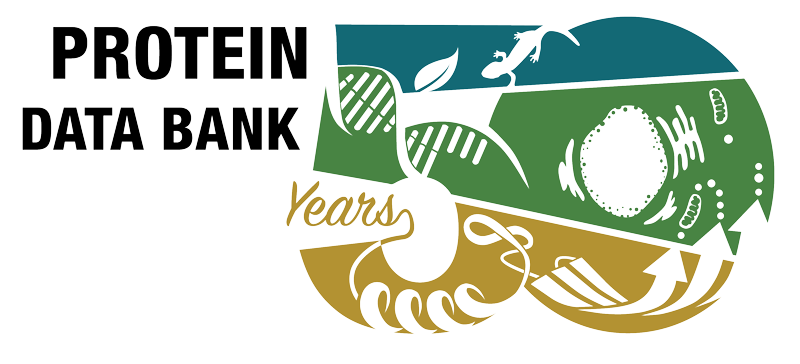Reviews - 5a5r mentioned but not cited (3)
- AAA ATPases as therapeutic targets: Structure, functions, and small-molecule inhibitors. Zhang G, Li S, Cheng KW, Chou TF. Eur J Med Chem 219 113446 (2021)
- Process of Fragment-Based Lead Discovery-A Perspective from NMR. Ma R, Wang P, Wu J, Ruan K. Molecules 21 E854 (2016)
- ATPase family AAA domain-containing protein 2 (ATAD2): From an epigenetic modulator to cancer therapeutic target. Fu J, Zhang J, Chen X, Liu Z, Yang X, He Z, Hao Y, Liu B, Yao D. Theranostics 13 787-809 (2023)
Reviews citing this publication (13)
- Bromodomain inhibitors and cancer therapy: From structures to applications. Pérez-Salvia M, Esteller M. Epigenetics 12 323-339 (2017)
- Bromodomain biology and drug discovery. Zaware N, Zhou MM. Nat Struct Mol Biol 26 870-879 (2019)
- Metabolic circuits in neural stem cells. Kim DY, Rhee I, Paik J. Cell Mol Life Sci 71 4221-4241 (2014)
- Targeting epigenetic regulators for cancer therapy: modulation of bromodomain proteins, methyltransferases, demethylases, and microRNAs. Gelato KA, Adler D, Ocker M, Haendler B. Expert Opin Ther Targets 20 783-799 (2016)
- Selectivity on-target of bromodomain chemical probes by structure-guided medicinal chemistry and chemical biology. Galdeano C, Ciulli A. Future Med Chem 8 1655-1680 (2016)
- ATAD2 in cancer: a pharmacologically challenging but tractable target. Hussain M, Zhou Y, Song Y, Hameed HMA, Jiang H, Tu Y, Zhang J. Expert Opin Ther Targets 22 85-96 (2018)
- Chemical probes and inhibitors of bromodomains outside the BET family. Moustakim M, Clark PGK, Hay DA, Dixon DJ, Brennan PE. Medchemcomm 7 2246-2264 (2016)
- Progress in the Development of non-BET Bromodomain Chemical Probes. Theodoulou NH, Tomkinson NC, Prinjha RK, Humphreys PG. ChemMedChem 11 477-487 (2016)
- Functional Roles of Bromodomain Proteins in Cancer. Boyson SP, Gao C, Quinn K, Boyd J, Paculova H, Frietze S, Glass KC. Cancers (Basel) 13 3606 (2021)
- Structural features and inhibitors of bromodomains. Meslamani J, Smith SG, Sanchez R, Zhou MM. Drug Discov Today Technol 19 3-15 (2016)
- Tumor-Promoting ATAD2 and Its Preclinical Challenges. Liu H, Wen Q, Yan S, Zeng W, Zou Y, Liu Q, Zhang G, Zou J, Zou X. Biomolecules 12 1040 (2022)
- Targeting bromodomain-containing proteins: research advances of drug discovery. Pan Z, Zhao Y, Wang X, Xie X, Liu M, Zhang K, Wang L, Bai D, Foster LJ, Shu R, He G. Mol Biomed 4 13 (2023)
- Screening Ultra-Large Encoded Compound Libraries Leads to Novel Protein-Ligand Interactions and High Selectivity. Collie GW, Clark MA, Keefe AD, Madin A, Read JA, Rivers EL, Zhang Y. J Med Chem 67 864-884 (2024)



 PMID:
PMID: 